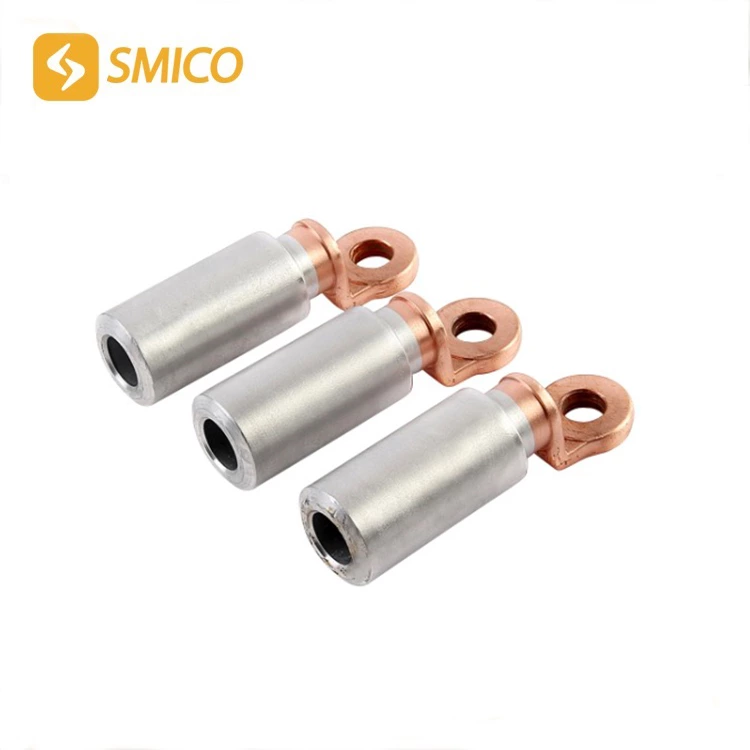The Future Development Direction And Trend Of China's Bimetallic Terminal Industry
For many years, the bimetallic lugs industry in mainland China has been dominated by the low-end market and has a great advantage in the low-end market. In recent years, mainland bi metal cable lug manufacturers have also been advancing into the mid-to-high-end market, and have also been fighting price wars with the Asian market. Due to China's strong labor resources, it is often the winner in terms of price. Now basically all bi metal lugs connectors can be bought in mainland China. The mainstream models are mainly used in computers, telecommunications, A/V products, as well as optical fibers and PCB bi metallic cable lugs.
With the rapid growth of consumer electronics and automotive electronics, and the continuous transfer of global bimetal cable lug production capacity to Asia and China, Asia is recognized as the place with the most development potential in the bimetal terminal lug market, and China will become the fastest growing and largest market in the world bimetallic lugs price. The hot bimetallic lugs price list products in the future will be automotive electronics applications and terminal communications and consumer electronics cable lug bimetal, such as optical fiber connectors, IEEE1394 connectors and USB connectors.
Generally speaking, the overall development characteristics of the connector field are: high-speed, digital and integrated signal transmission; small size, narrow spacing and multi-function of product volume; convenient plug-in and plug-out and modular combination; low-cost products. In addition, assembly technology is also required to develop towards surface mounting (SMT) and micro assembly (MPT).
There are many new industries that need connectors, many of which have quite high requirements for connector technology, and mainland China still has great deficiencies in both technical strength and production experience. In the face of market and technological changes in connectors, China should continue to track cutting-edge connector technologies, learn new connector technologies, gradually get rid of the competition of mid- and low-end product types, and develop high-end product lines.

